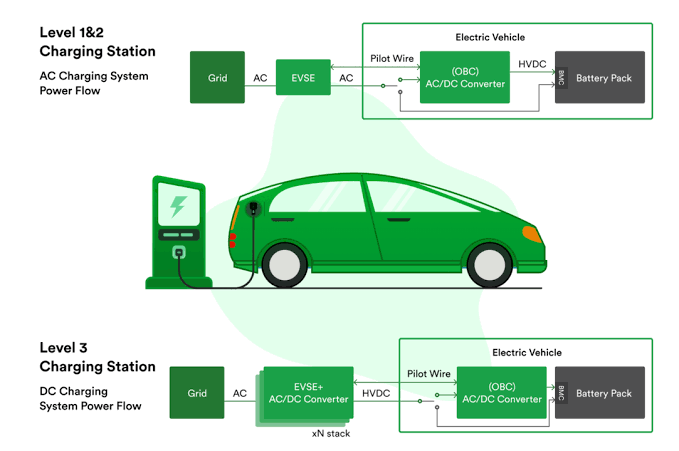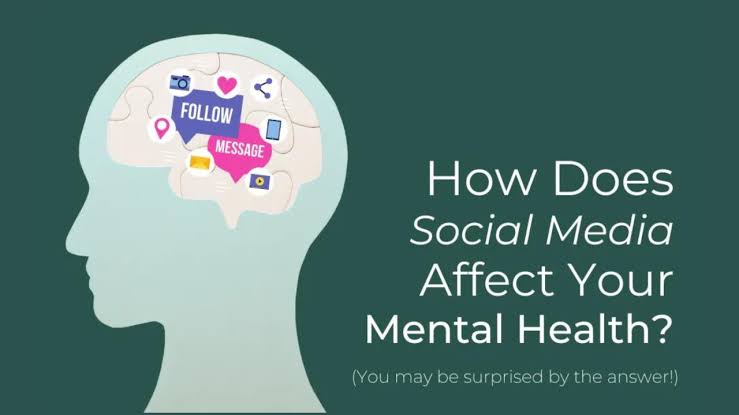Technology has significantly impacted in ways and education is no different. The incorporation of technology into teaching and learning processes is revolutionizing approaches to education making it more accessible engaging and tailored to individual needs.
With the use of classrooms, online materials and sophisticated educational tools technology is bringing about transformations in how we gain and share knowledge. This article delves into the ways technology is reshaping our learning and teaching methods showcasing advancements their effects on education and the potential future developments that await us.
The Rise of Digital Learning Environments
Digital learning environments are revolutionizing education by providing diverse platforms and tools that enhance teaching and learning experiences.
Online Learning Platforms
Online learning platforms have become increasingly popular, offering a wide range of courses and educational resources that can be accessed from anywhere with an internet connection. Platforms like Coursera, Udemy, and Khan Academy provide learners with the opportunity to pursue courses across various subjects at their own pace. These platforms often feature video lectures, interactive quizzes, and discussion forums that facilitate a comprehensive learning experience. Online learning also allows for flexibility, enabling individuals to balance their education with work or personal commitments.
Virtual and Augmented Reality
Virtual reality (VR) and augmented reality (AR) technologies are creating immersive learning experiences that were previously unattainable. VR can transport students to virtual environments, such as historical sites or distant planets, providing experiential learning opportunities that enhance understanding and retention. AR, on the other hand, overlays digital information onto the real world, allowing students to interact with and explore educational content in a more engaging manner. These technologies are particularly effective in subjects that benefit from visual and interactive elements, such as science, history, and geography.
Personalized Learning Through Technology
One of the most significant impacts of technology on education is the ability to personalize learning experiences to meet the needs of individual students.
Adaptive Learning Systems
Adaptive learning systems use algorithms and data analytics to tailor educational content and assessments to each student’s unique learning style and progress. These systems can identify areas where students are struggling and provide targeted resources or exercises to address their needs. For example, platforms like DreamBox and Smart Sparrow adjust the difficulty level of math problems based on student performance, ensuring that learners are challenged appropriately without becoming overwhelmed. Personalized learning enhances student engagement and improves learning outcomes by addressing individual strengths and weaknesses.
Learning Analytics
Learning analytics involves the collection and analysis of data related to student learning and performance. By analyzing data such as test scores, participation rates, and engagement levels, educators can gain insights into how students are progressing and identify patterns that may indicate challenges or opportunities for improvement. Learning analytics tools, such as Blackboard Analytics and Canvas Analytics, provide educators with actionable information to inform instructional decisions and support student success. This data-driven approach enables more informed and effective teaching strategies.
The Role of Educational Technology Tools
Educational technology tools are enhancing both teaching and learning by providing innovative solutions that support various aspects of the educational process.
Interactive Whiteboards and Digital Textbooks
Interactive whiteboards and digital textbooks are modernizing classroom instruction by replacing traditional methods with more dynamic and interactive approaches. Interactive whiteboards allow teachers to present lessons, engage students in real-time activities, and annotate content directly on the board. Digital textbooks offer multimedia elements, such as videos, animations, and interactive quizzes, that enrich the learning experience beyond static print materials. These tools promote greater engagement and facilitate a more interactive learning environment.
Gamification and Educational Apps
Gamification and educational apps are incorporating game design elements into learning activities to increase motivation and engagement. Apps like Duolingo use gamified approaches to teach languages, incorporating features such as points, levels, and challenges to encourage regular practice and progress. Similarly, educational games and simulations offer students opportunities to apply their knowledge in interactive and fun ways. Gamification makes learning more enjoyable and can help reinforce concepts through practice and repetition.
Challenges and Considerations
While technology offers numerous benefits to education, it also presents challenges and considerations that must be addressed to ensure its effective implementation.
Digital Divide and Accessibility
One of the primary challenges associated with technology in education is the digital divide—the gap between those who have access to technology and those who do not. Students from low-income families or underserved communities may lack access to devices, high-speed internet, or digital resources, which can create disparities in educational opportunities. Addressing the digital divide requires efforts to provide equitable access to technology and ensure that all students have the resources they need to succeed.
Data Privacy and Security
The use of technology in education also raises concerns about data privacy and security. With the increased collection of student data, including personal information and academic performance, it is essential to implement robust measures to protect this data from unauthorized access or breaches. Educational institutions and technology providers must adhere to privacy regulations and ensure that data is handled securely to maintain trust and protect student information.
Teacher Training and Support
Effective integration of technology into the classroom requires adequate training and support for educators. Teachers need to be proficient in using educational technology tools and understand how to incorporate them into their teaching practices. Professional development programs and ongoing support are crucial to helping teachers effectively utilize technology and maximize its benefits for student learning.
The Future of Technology in Education
As technology continues to evolve, it will likely shape the future of education in new and exciting ways.
Artificial Intelligence and Machine Learning
Artificial intelligence (AI) and machine learning have the potential to further transform education by providing more advanced personalized learning experiences. AI-powered tutoring systems and virtual assistants could offer real-time support and feedback to students, while machine learning algorithms could enhance adaptive learning platforms by analyzing more complex patterns in student data. These technologies promise to make education even more tailored to individual needs and learning styles.
Integration of Emerging Technologies
Emerging technologies such as blockchain, which provides secure and transparent record-keeping, could impact education by offering new ways to verify credentials and manage academic records. Additionally, advancements in natural language processing and voice recognition could improve accessibility and support diverse learning needs, including those of students with disabilities.
Conclusion
Technology is profoundly changing the way we learn and educate, offering new opportunities for enhancing teaching and learning experiences. From digital learning platforms and immersive technologies to personalized learning tools and educational apps, technology is making education more accessible, engaging, and tailored to individual needs. However, addressing challenges such as the digital divide, data privacy, and teacher training is crucial for ensuring that the benefits of technology are realized equitably. As we look to the future, continued innovation and thoughtful implementation of technology will shape the evolution of education, creating new possibilities for how we acquire and impart knowledge.




Thank you for your sharing. I am worried that I lack creative ideas. It is your article that makes me full of hope. Thank you. But, I have a question, can you help me?